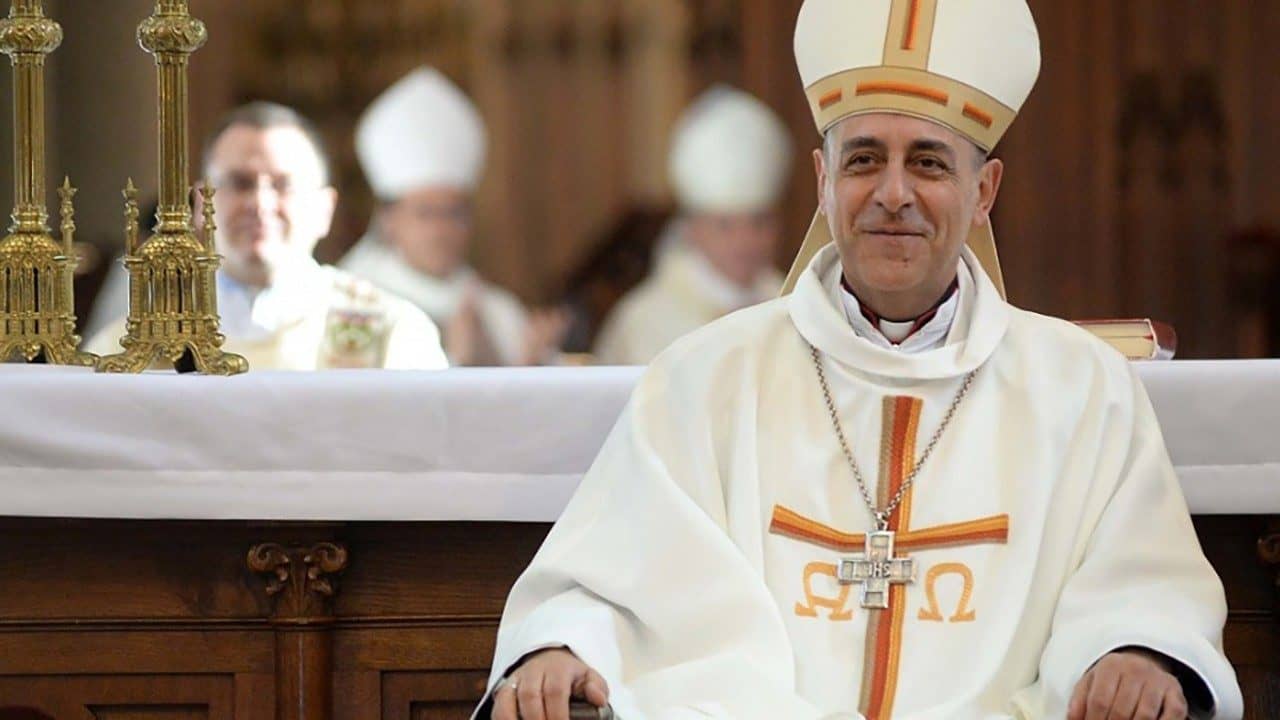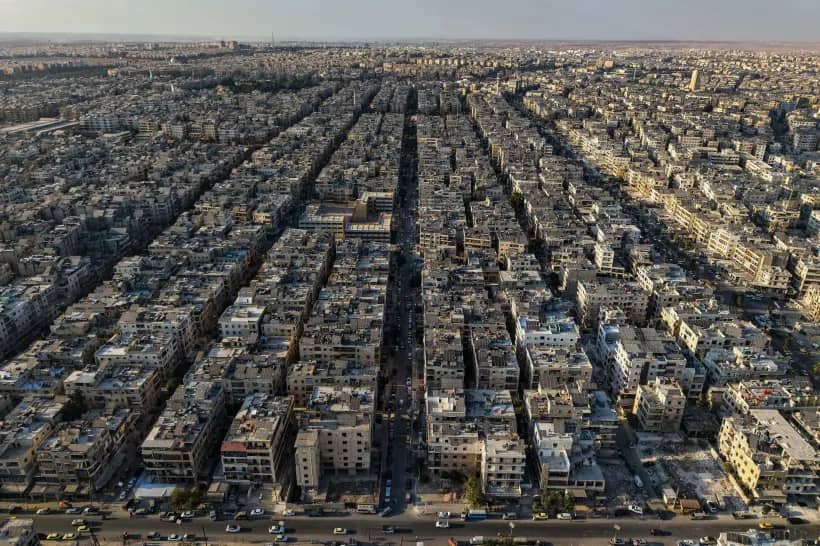ROME – Two small news items from the past week underscore a much bigger reality about the Catholic Church in the 21st century. In a phrase, they confirm the centrality of the “PINS” nations to Catholic fortunes, especially in the English-speaking world.
I coined the term “PINS” several years ago, with the reference being to the Philippines, India, Nigeria and South Korea. Together they represent a vast pool of 144 million Catholics for whom English is a primary language, including 84 million in the Philippines, 24 million in India, 30 million in Nigeria, and 6 million in South Korea.
That’s more than the Catholic population of the United States, Canada, the United Kingdom, Australia, and New Zealand combined, representing the traditional cradles of English-speaking Catholicism, and the trend lines are moving in opposite directions – while the faith is declining in the latter group, it’s exploding in the former.
The two news items from the past week both have to do with the Philippines.
First, the Vatican reported that in 2020, the last year for which we have statistical data, the Philippines recorded the most Catholic baptisms in the world with 1,603,283, considering both children and adults. That’s higher than both Brazil and Mexico, the only two nations in the world with a larger Catholic population than the Philippines.
Papal envoy Charles Brown called the numbers “a living testament of faith in the 500 years of Catholicism in the country” in an interview with a Filipino Catholic radio station.
Second, the Vatican announced this past week that Pope Francis has reappointed Archbishop Romulo Valles of Davao in the Philippines to the Congregation for Divine Worship and the Discipline of the Sacraments, which is the Vatican’s department that oversees worship around the Catholic World. The former president of the bishops’ conference in the Philippines was first appointed to the post in 2016.
The reappointment was actually issued on March 29, but it wasn’t made public until April 18, meaning Monday of this week.
Valles’ membership on such a critical Vatican body, in tandem with the appointment of Cardinal Luis Antonio “Chito” Tagle to head the Congregation for the Propagation of the Faith, the Vatican’s top missionary department, suggests that the Filipino hierarchy is coming of age in terms of its influence in Rome and in the global church.
The Filipinos basically are the new Irish, meaning the Catholic nation that supplies the missionary priests and nuns who sustain local churches all across the world, especially in what’s considered “mission” territory. For instance, there are more than a million Catholics in Saudi Arabia today, most of them ex-pats who work either in the oil industry or as domestic servants for Saudi families. Filipinos are a huge share of that population, and they’re served by intrepid Filipino missionaries.
Some canon lawyers actually have suggested the creation of a personal prelature for Filipino priests who serve diaspora communities around the world, simply because there are so many of them.
India, meanwhile, is an emerging global superpower, and its allegedly neutral position on the war in Ukraine is a reminder that much depends on its direction. Although Catholics are only about 1.5 percent of the Indian population, the country is so large that still clocks in at a respectable 24 million people, and it’s a growing church. The role those Catholics play in crafting India’s future may be one of the quiet, often unnoticed forces shaping the global future.
Nigeria is an African superpower, and one of the most religiously dynamic places on earth. The Catholic Church is facing a significant challenge in the country from a bewildering variety of Evangelical and Pentecostal movements, but it remains a crucially important social force.
Among other things, Nigeria contains the largest mixed Muslim and Christian population in the world – as a local imam once told me, it’s like Mecca and Vatican City all rolled into one. The nature of Christian/Muslim relations in Nigeria, for good or ill – and for sure, both are in evidence, especially given the ongoing menace of the radical Islamist Boko Haram movement – is destined to be a major driver of global fortunes.
As for South Korea, during the 1970s and 80s, widespread protest against an authoritarian government, with backing from the military and police, eventually led the country into a more genuine and stable form of democracy. The Catholic Church was a protagonist in that transition, and one of the reasons often cited for the dramatic growth of Catholicism in recent decades is the high social esteem in which the church is held as a result.
One famed Catholic commentator has dubbed South Korea the “Asian Tiger of the Church.”
An interesting feature of South Korean Catholicism is that its roots lie not in priests or foreign missionaries, but rather 18th-century Korean laity who brought Christian texts home from China. It grew for almost a century without clergy before the first priests arrived, and thus has a strong tradition of lay leadership.
Given all the above, it’s reasonable to expect more news items such as the two we saw this week, and not just about the Philippines but all four PINS nations. They are the future, especially in the English-speaking world … and, as a result, American Catholics would do well to start paying closer attention.
Follow John Allen on Twitter: @JohnLAllenJr
















